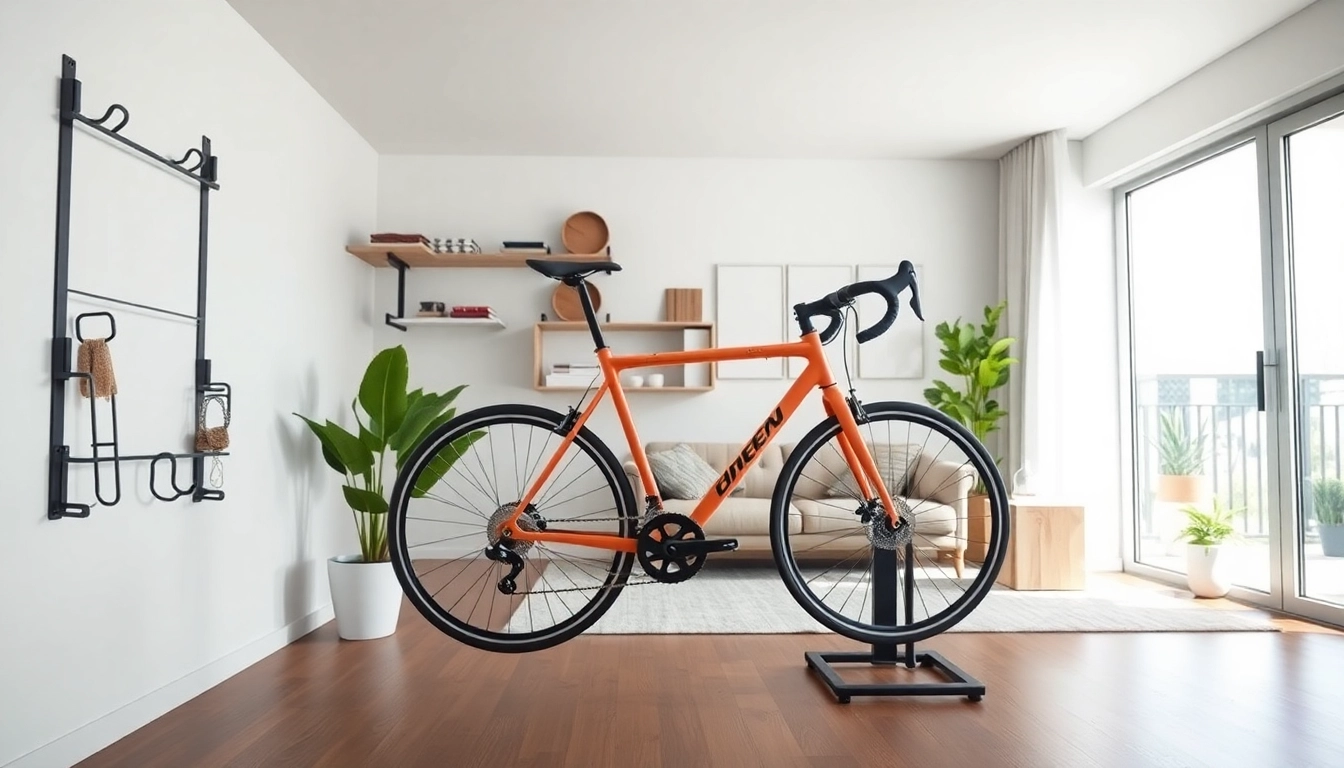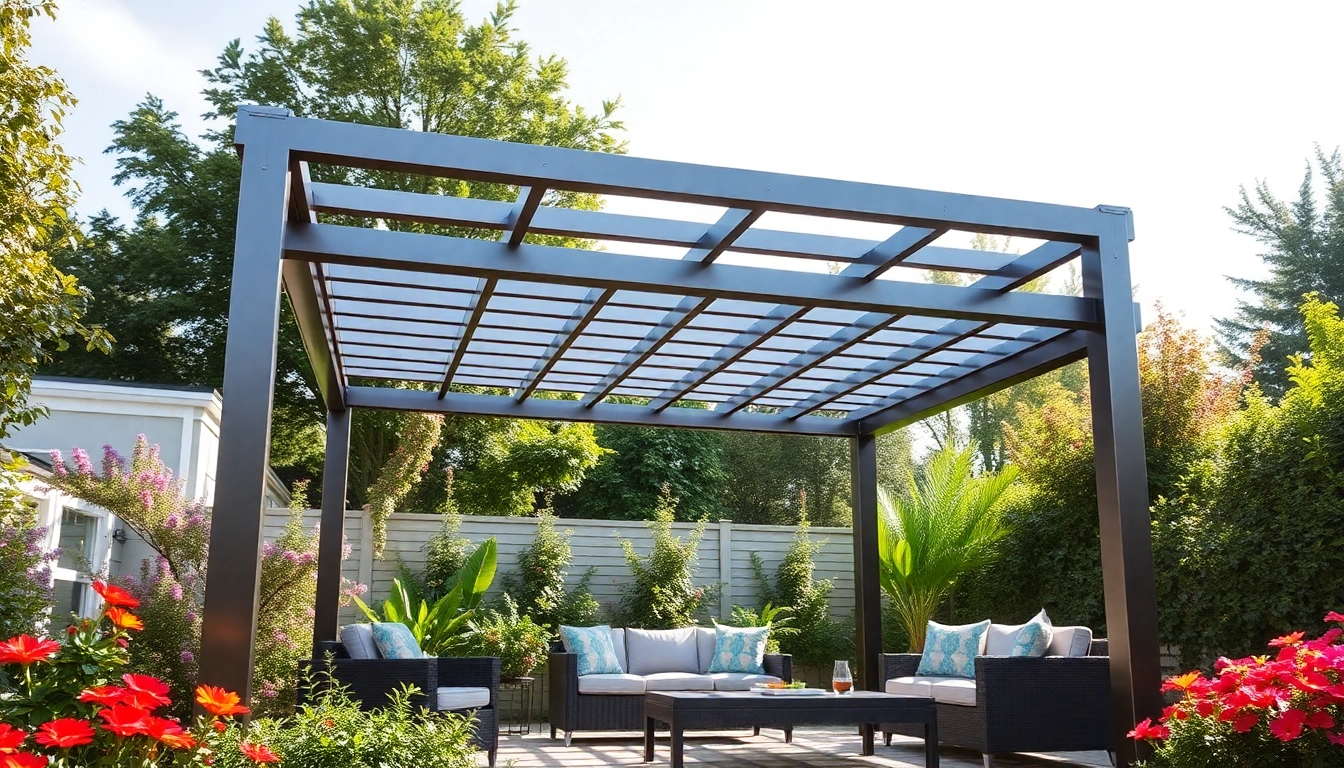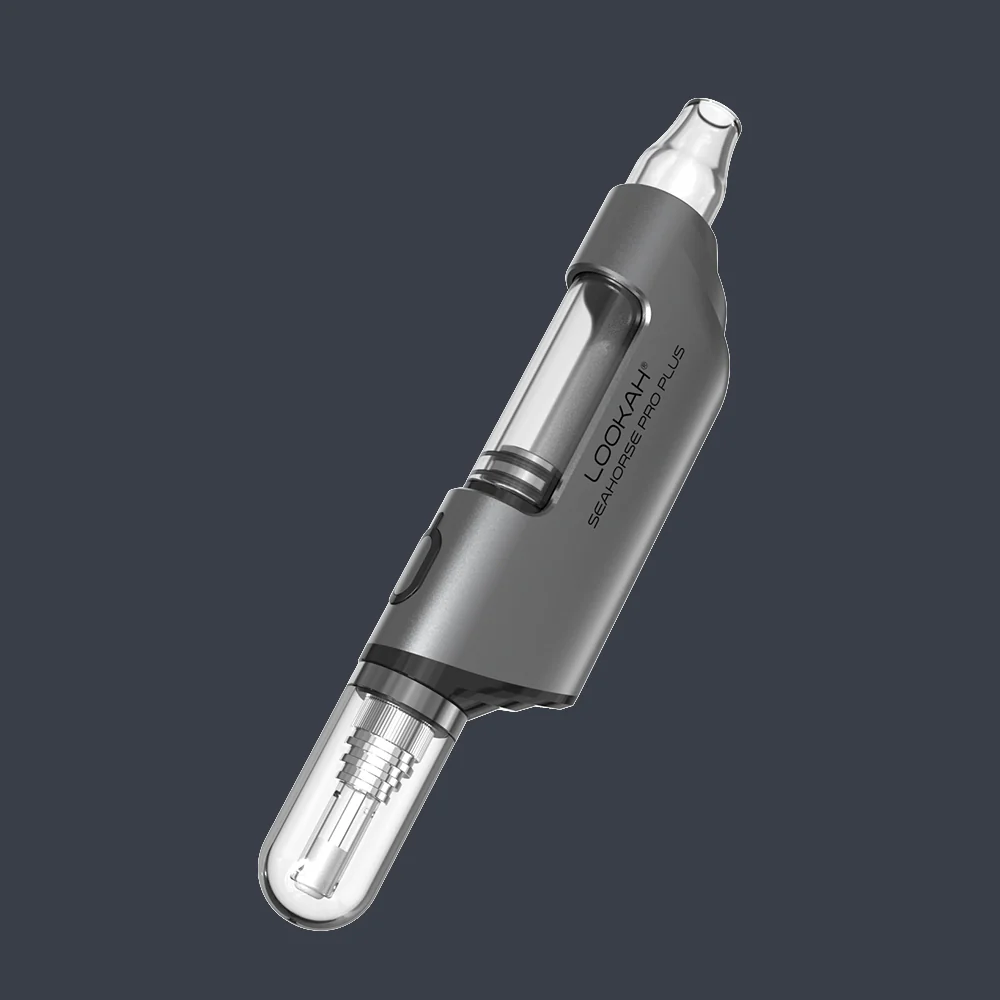
Understanding Bike Rack for Home Options
Finding the perfect Bike rack for home can enhance your living space while ensuring your bicycle remains in good condition. With a myriad of options available, it may feel overwhelming to choose the right rack. This article will dive into the different types of bike racks, how to choose the ideal one based on your circumstances, and the essential features that should not be overlooked.
Types of Bike Racks Available
Bike racks come in various shapes and sizes, each tailored for specific environments and needs. Here are some of the most popular types:
- Wall-Mounted Racks: These are ideal for saving floor space and keeping the bike secure. They attach directly to the wall, allowing you to hang the bike vertically or horizontally. This type is ideal for smaller homes or apartments where space is at a premium.
- Freestanding Racks: Perfect for homes with ample space, these racks can accommodate one or multiple bikes. They do not require wall support and can be placed anywhere in the garage or home. They are usually made from sturdy materials and can often hold multiple bikes simultaneously.
- Vertical Racks: These racks store bikes upright, providing a slim profile that is great for tight spaces. Vertical racks require less horizontal space and can be easily positioned in garages or large apartments.
- Ceiling Mounted Racks: This option utilizes overhead space, making it perfect for homes with limited floor space. Bikes are hung from the ceiling using pulleys or hooks, ensuring they are out of the way but still within reach.
- Bike Hoists: Similar to ceiling racks but usually more sophisticated, these systems use pulley systems to lift bikes high into the air, allowing for easy storage when not in use.
Choosing the Right Bike Rack for Home
When selecting a bike rack for your home, consider the following factors:
- Available Space: Measure the area where you plan to install the rack. Think about vertical versus horizontal space and what suits your lifestyle best. Balance convenience and aesthetics.
- Number of Bikes: Determine how many bicycles you need to store. Some racks can accommodate one bike, while others are designed for multiple bikes.
- Type of Bikes: Consider the types of bikes you own (mountain, road, or hybrid). Ensure the bike rack can support the weight and dimensions of your bikes.
- Installation Requirements: Make sure you are aware of the installation process the rack requires—some may need professional installation while others are easy to set up independently.
- Price and Quality: Consider your budget while also evaluating quality and durability. Investing in a solid bike rack may save money in the long run by protecting your bicycle.
Common Features of Bike Racks
Understanding the features of different bike racks can greatly assist you in making an informed decision:
- Adjustable Arms: Some racks come with adjustable arms that can accommodate bikes of various sizes and styles.
- Locking Mechanisms: Many racks offer the option to lock bikes securely, providing added security against theft.
- Material: Look for bike racks made from robust materials like steel or high-quality plastic to ensure longevity.
- Assembly Options: Racks that come pre-assembled or that include clear instructions can simplify the installation process.
- Portability: Some bike racks are designed for easy transport, making them a good option if you move frequently.
Benefits of Using a Bike Rack for Home
Investing in a bike rack for home provides numerous advantages that extend beyond simple storage:
Space Management and Organization
Utilizing a bike rack allows for efficient use of space. By keeping bikes off the floor, you can free up valuable areas for other uses, such as storage or walking paths. Racks help prevent clutter, making homes feel more organized.
Enhancing Bike Longevity
When bikes are stored correctly, their lifespan is extended significantly. Keeping your bicycle off the ground protects it from damage caused by moisture, dirt, and other potential hazards. Bike racks also minimize scratches and dents by reducing contact with other items.
Convenience and Accessibility
Having a designated place for your bikes makes them easier to access, encouraging more frequent use. A simple, organized system can streamline your daily routine, whether it’s a quick ride to the grocery store or gearing up for a weekend adventure.
How to Install Your Bike Rack for Home
Installing a bike rack can be a straightforward process if done properly. Follow these steps to ensure a successful installation:
Tools and Materials Needed
- Drill and drill bits
- Screwdriver (Phillips and flathead)
- Level
- Measuring tape
- Stud finder (for wall-mounted racks)
- Safety goggles
- Bucket for loose screws or bolts
- Bike rack kit (as per the specific model)
Step-by-Step Installation Guide
- Determine Location: Choose a convenient location to install your bike rack. Measure and mark where it will be placed.
- Check for Studs: If you are installing a wall-mounted rack, locate the wall studs using a stud finder for proper support.
- Drill Holes: Using a drill, create appropriate holes for screws or anchors. Make sure they are straight and level.
- Attach the Rack: Secure the bike rack according to the instructions provided. Ensure all screws are tight to prevent wobbling.
- Test for Stability: Before hanging bikes, give the rack a gentle shake to ensure it is securely attached.
Safety Tips During Installation
While installing your bike rack, keep safety in mind:
- Always wear safety goggles to protect your eyes from dust and debris.
- Ensure the area is clear of obstacles to prevent tripping hazards.
- Use a ladder safely if working at heights, ensuring it is steady.
Maintenance Tips for Your Bike Rack for Home
Maintaining your bike rack will ensure it remains functional and continues to protect your bike:
Regular Cleaning and Care
Keep your bike rack clean by dusting it regularly. If it’s exposed to the elements, make sure to check for signs of rust or corrosion, especially with metal racks. A wet cloth and mild soap should do the trick for most surfaces.
Inspecting for Wear and Tear
Periodically check the construction of the rack. Look for loose screws or bolts and any structural weaknesses. Addressing minor issues before they become significant problems will prolong the life of your rack.
Adjustments for Optimal Performance
If you notice any instability, adjustments may need to be made. This could mean tightening screws or repositioning the rack to ensure it hangs level. Ensure that the rack remains functional every time you use it.
Purchasing a Bike Rack for Home
Buying a bike rack can seem daunting, given the variety of choices available. Here’s a practical guide to assist in your purchasing journey:
Where to Buy Bike Racks
Bike racks are available at several outlets, including online retailers, home improvement stores, and specialized cycling shops. Online platforms often provide a more comprehensive range of products and pricing, enabling better comparisons.
What to Look for When Buying
When purchasing, consider the rack’s purpose, weight capacity, installation requirements, ease of use, and price. Reviewing customer feedback can provide valuable insights into product quality and user satisfaction.
Comparative Pricing and Quality Considerations
Pricing can vary widely based on the type and quality of the bike rack. While cheaper options may save money initially, investing in a higher-quality rack can provide better durability and overall performance, offering better long-term value.






